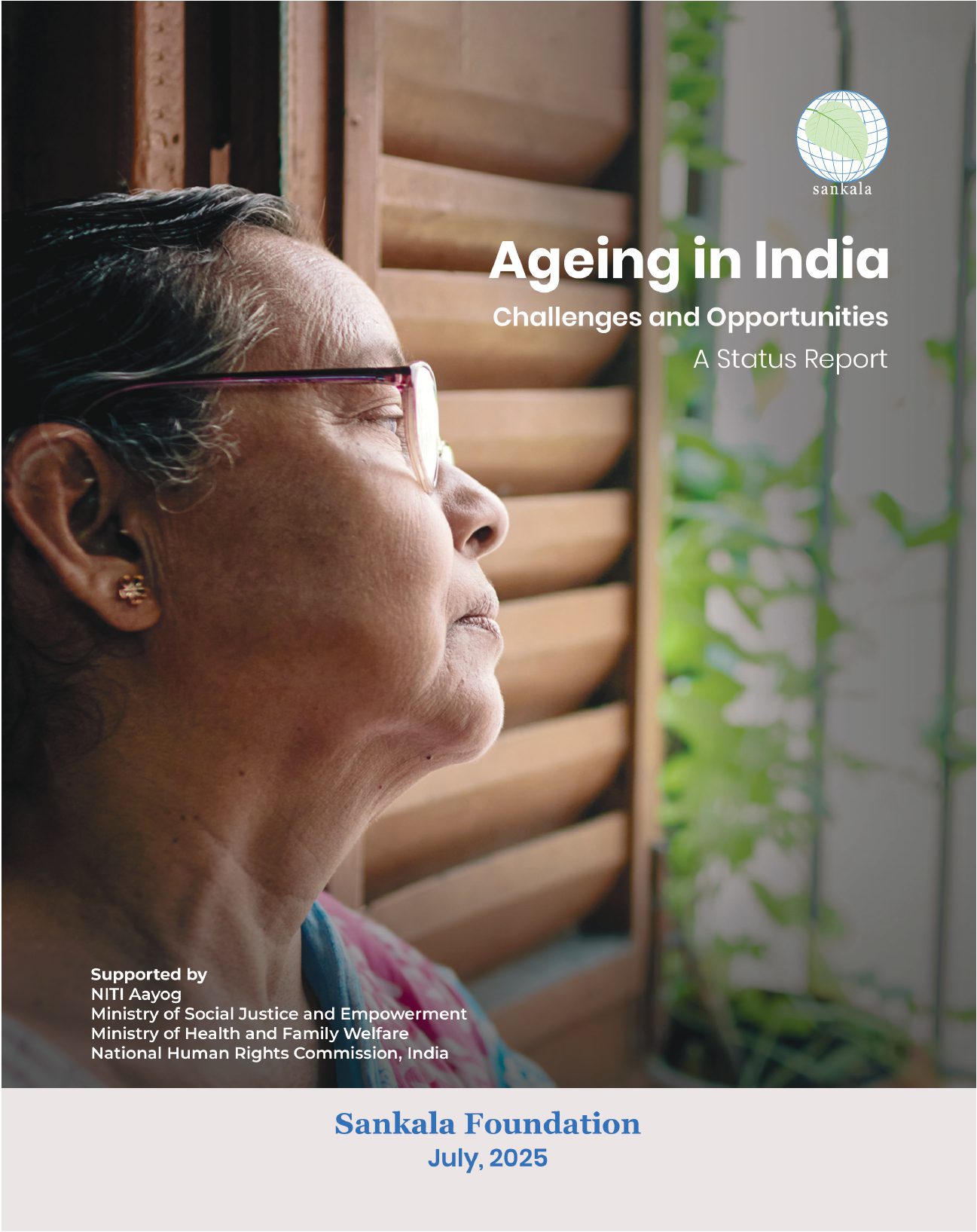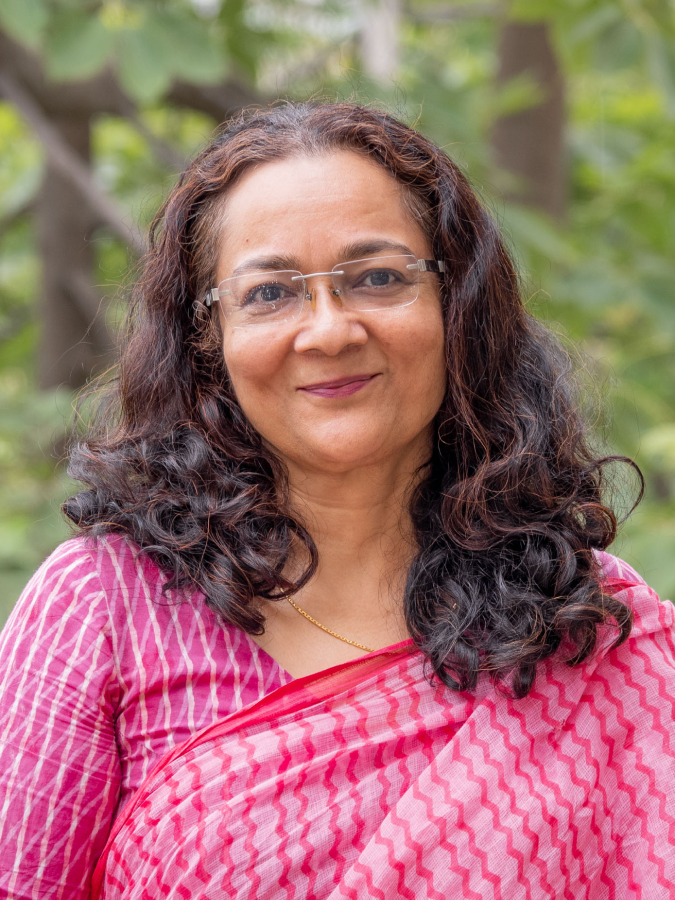The Emerging Realities Of Ageing, And How It Affects India
India is at the cusp of an unprecedented and irreversible demographic transition. The proportion of elderly citizens is growing steadily. As per the Census of India reports, elderly persons (above 60 years) rose from 24.7 million in 1961 to 103.8 million by 2011, representing more than a four-fold increase in just 50 years. In 2022, the number of people over the age of 60 was close to 149 million, comprising 10.5 per cent of the total population.

An increase in life expectancy and a declining fertility rate in recent decades has contributed to this trend. Experts suggest that by 2050, nearly 20 per cent of the Indian population will be over the age of 60, amounting to over 347 million individuals. For policymakers, healthcare professionals and care-giving institutions, this has emerged as a complex challenge involving issues of social security, healthcare, economic dependency, mental health and caregiving. It has forced a rethink on existing insurance and pension systems, health infrastructure and a review of social support models.
Globally, individuals are living longer than ever before. In 2018, for the first time in history, people aged 65 years and above outnumbered children under the age of five. By 2050, the number of people aged 60 and above is expected to more than double. Significantly, in developing countries, ageing is taking place at an exceptional pace. While the doubling of the elderly population took nearly 150-200 years in developed countries, it has happened in just 50-70 years in developing countries like India.
Addressing such developments requires large-scale studies and multi-level consultations. In 2017, the ministry of health and family welfare launched the nationwide survey, the Longitudinal Ageing Study in India (LASI). This population-based survey investigates the health, economic, and social determinants and consequences of population ageing in India. This survey could be considered the world’s largest, offering a database for designing policies and programmes for the aged population.
Data from LASI indicated that the southern states have the highest proportions of older adults. They also appear to be putting systems in place. States like Kerala have already allocated five per cent of the budget to palliative care and evolved frameworks to safeguard the autonomy of senior citizens. In 2024, the port city of Kochi became the first city in India to be a member of WHO’s Global Network for Age-friendly Cities and Communities. Here streets have been redesigned with ramps, handrails, and tactile paving for better mobility. Public parks have exercise zones and senior-friendly seating. The city now offers age-friendly apps and digital literacy workshops to senior citizens.
The scientific surveys have helped us infer certain realities about the aged: There is a rise in nuclear families that has resulted in greater number of elderly living alone, without the support of their children. When young people migrate, the elderly are left alone. They are more vulnerable to loneliness, depression, abuse and isolation. As the traditional support systems have substantially eroded, more elderly individuals are victims of ageism. In recent years, violence and abuse of elderly have often been reported in the media.
In 2007, the Maintenance and Welfare of Parents and Senior Citizens Act allowed the elderly “unable to maintain themselves” to take legal action against adult children or grandchildren who fail to provide them with basic necessities such as housing, food, clothing, and medical care. This law acknowledged the harsh reality of many old people, including widows. However, enforcement of such a law has been difficult. Several senior citizens are not even aware of such a law.
Considering this silent crisis, there is an urgency to overhaul the healthcare systems today. The elderly face heightened risk of various disabilities, cognitive decline and mobility limitations. We need a comprehensive healthcare package for the elderly which includes adult vaccinations, rehabilitative services and mental health care and palliative support. For women, who often live longer and are more vulnerable, specific policy support is required.
Some of the concerns for elderly population were elaborated by senior bureaucrats, researchers, thought leaders and care support organisations at a seminar “Ageing in India: Actionable Solutions” in December last year in New Delhi by the Sankala Foundation, a research organisation. Besides the Niti Aayog and the ministry of social justice and empowerment, the seminar was supported by the National Human Rights Commission (NHRC). In recent years, the NHRC has focused on monitoring and advocating the rights of senior citizens, ensuring all elderly prisoners are also covered by health insurance schemes, and in improving the functioning of old age homes.
Increasingly, experts have recommended for the creation of an integrated National Plan on Elderly Care that would include comprehensive geriatric care. Many quote models followed in places like Hong Kong, where family members are trained to care for elderly relatives. Some advocate for integrating old-age homes within local neighbourhoods (like it is in Shanghai) to enhance inclusion.
Importantly, a large group of experts have called for leveraging the “silver dividend” ensuring that elderly care becomes part of national development. The elderly bring a wealth of experience, knowledge, and cultural depth that can be harnessed to enrich communities and contribute to social and economic development. This requires building a robust senior care economy focused on specialised healthcare, elder-friendly tourism and recreational activities.
Globally, individuals are living longer than ever before. In 2018, for the first time in history, people aged 65 years and above outnumbered children under the age of five. By 2050, the number of people aged 60 and above is expected to more than double. Significantly, in developing countries, ageing is taking place at an exceptional pace. While the doubling of the elderly population took nearly 150-200 years in developed countries, it has happened in just 50-70 years in developing countries like India.
Author
-

Dr Malvika Kaul is Director (Research & Communications) at the Sankala Foundation. She has over three decades of experience spanning academia, journalism, publishing, and the development sector. She has worked with leading institutions such as Times of India, The Indian Express, ActionAid, Plan International, and UNICEF, and collaborated with top universities including NYU Steinhardt. A recipient of the international Panos fellowship for her research on women’s use of technology for economic empowerment, she leads Sankala’s research, documentation, and editorial initiatives.
View all posts





